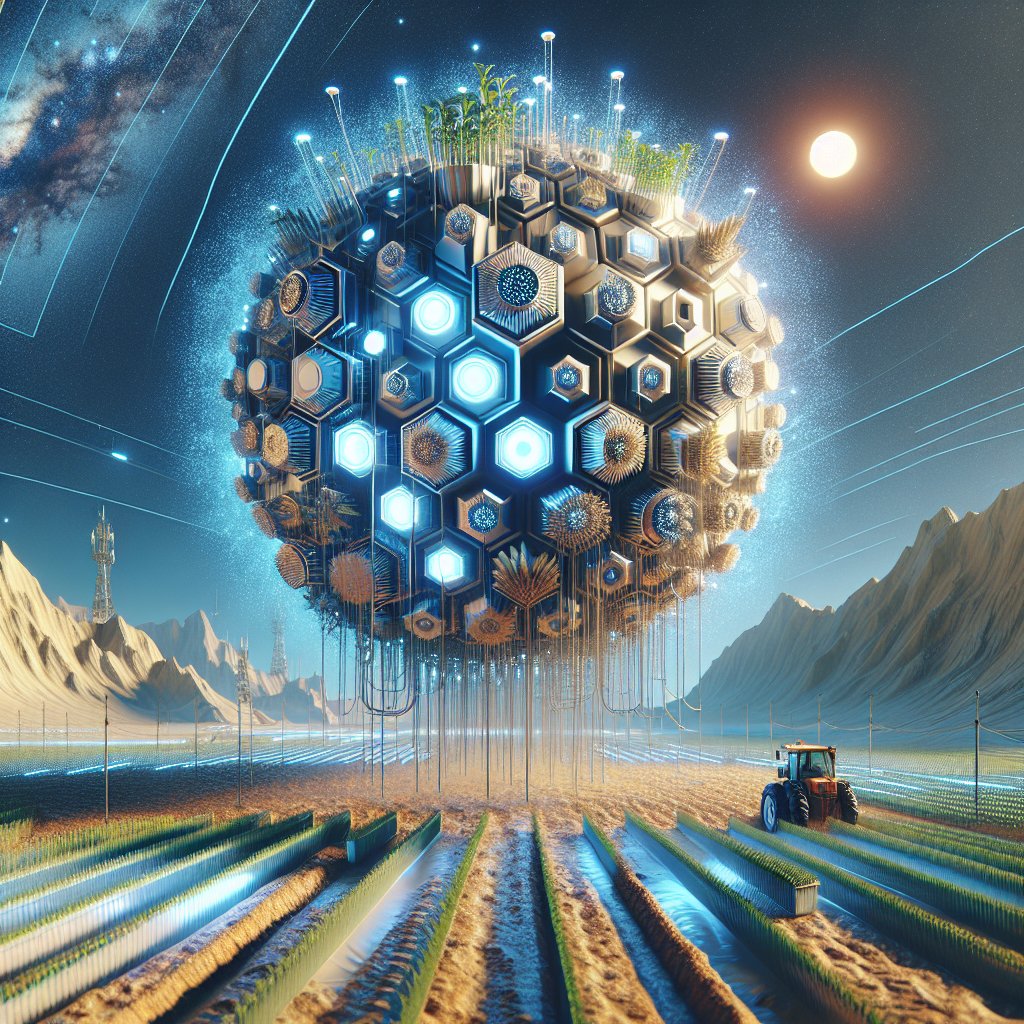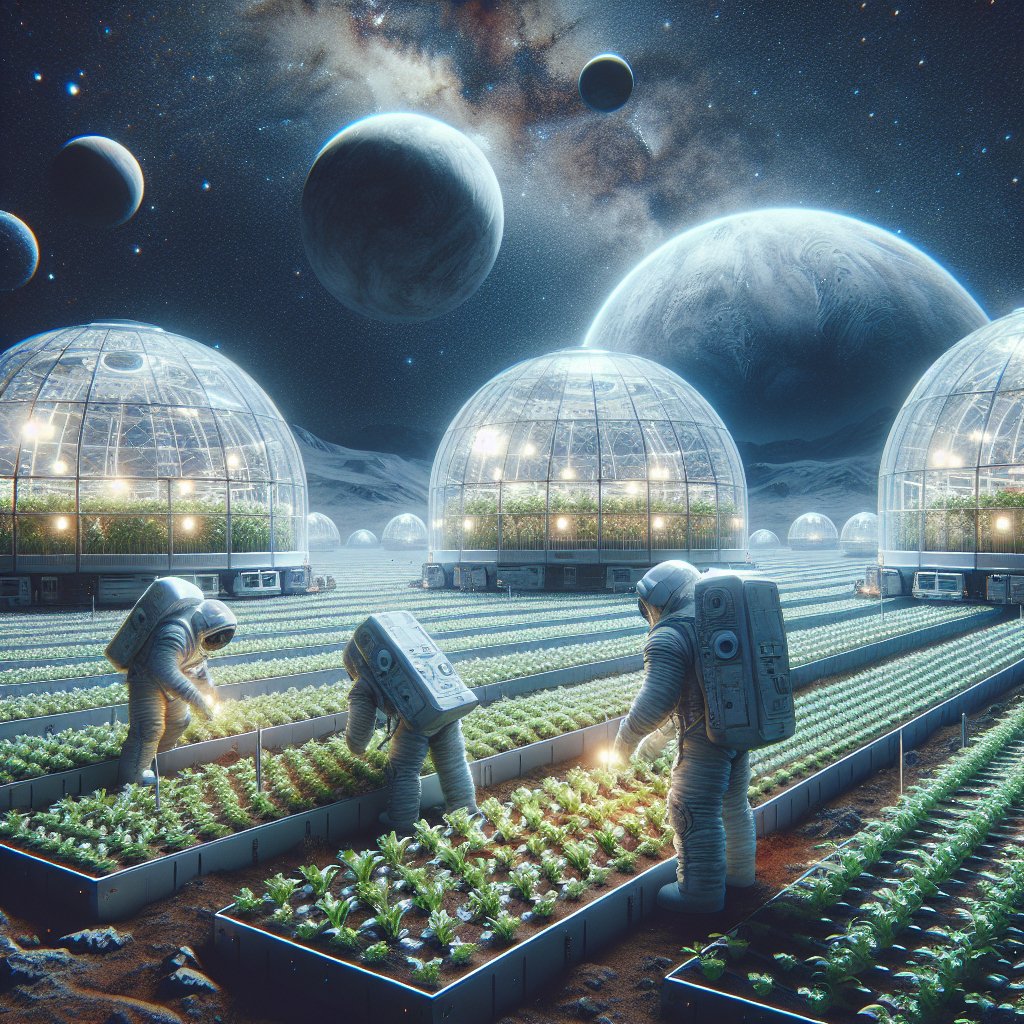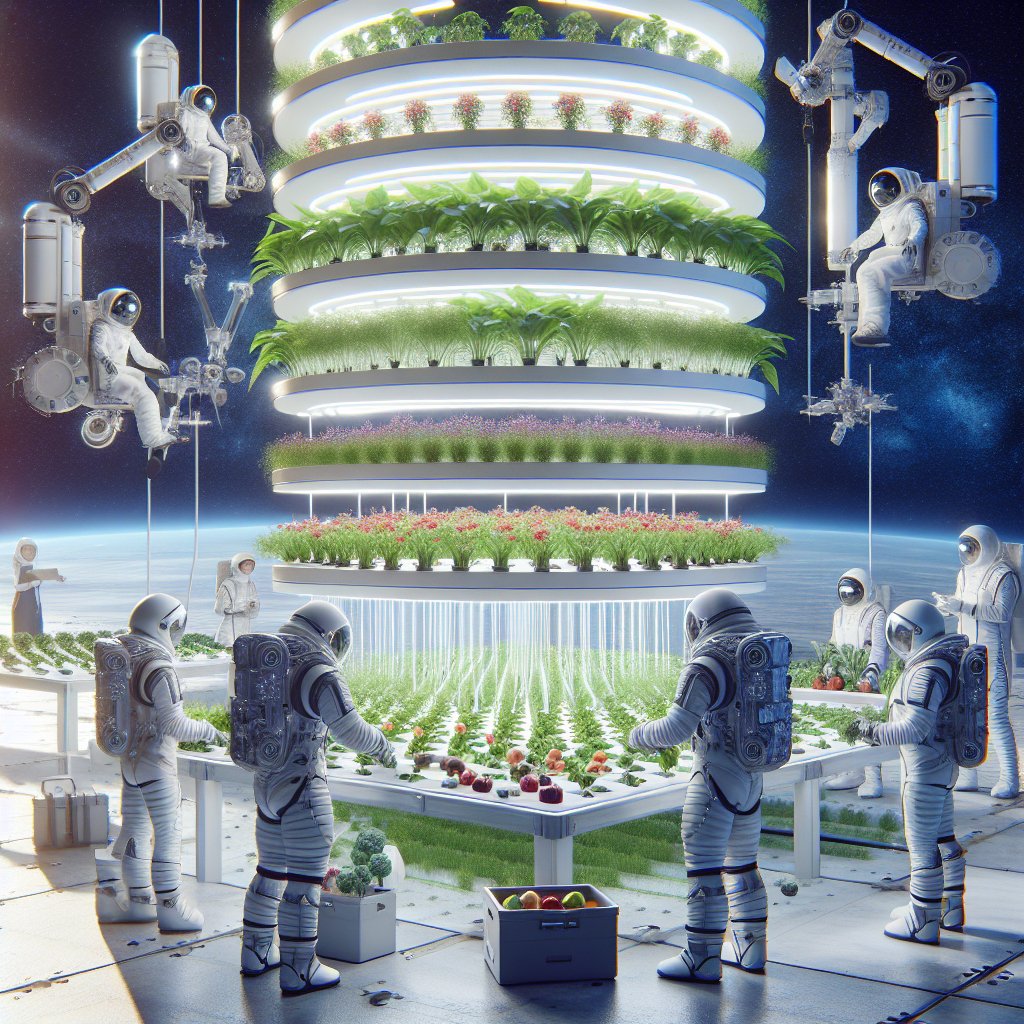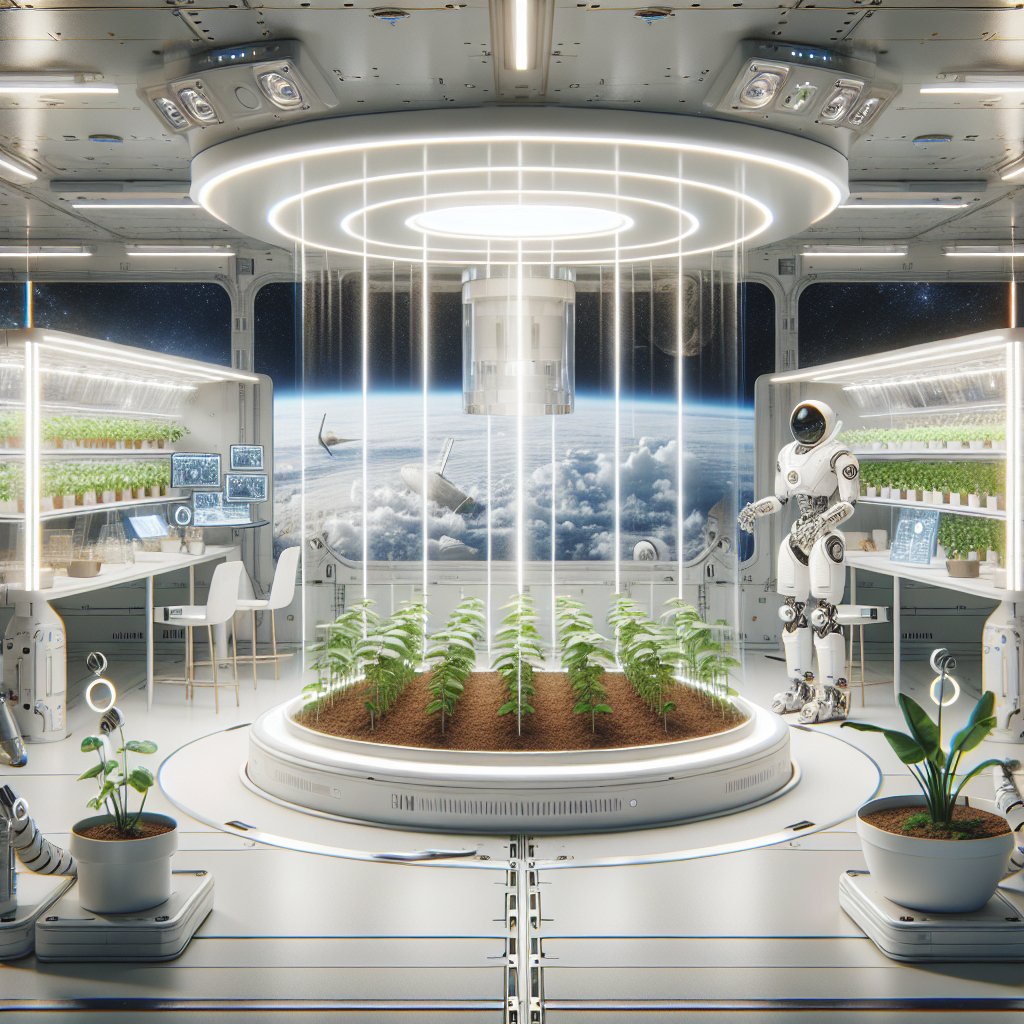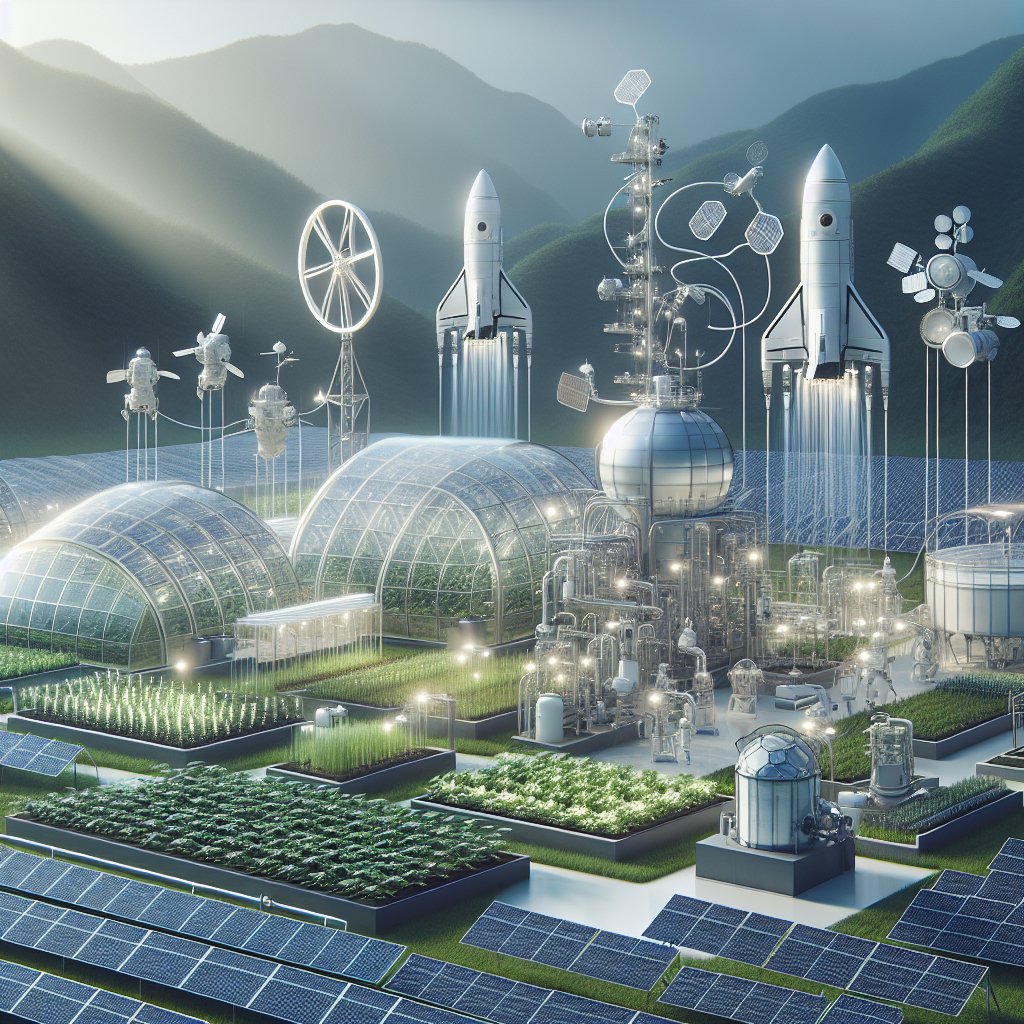How space farming can teach us about resilience in agriculture is a topic that intertwines the challenges of food production on Earth with the innovative solutions being developed for extraterrestrial environments. As humanity looks to the stars, the lessons learned from cultivating crops in space can provide valuable insights into sustainable agricultural practices on our home planet. This article explores the intersection of space farming and terrestrial agriculture, focusing on the resilience required to adapt to changing conditions, whether in the vacuum of space or in the face of climate change on Earth.
The Challenges of Space Farming
Farming in space presents a unique set of challenges that differ significantly from those encountered on Earth. The absence of gravity, limited resources, and extreme environmental conditions necessitate innovative approaches to agriculture. Understanding these challenges can provide critical insights into resilience in agriculture on Earth.
Microgravity and Plant Growth
One of the most significant challenges of space farming is the microgravity environment. On Earth, gravity plays a crucial role in plant growth, influencing how roots and shoots develop. In microgravity, plants exhibit altered growth patterns, which can affect their ability to absorb nutrients and water. Research conducted on the International Space Station (ISS) has shown that plants can still grow in microgravity, but they require careful monitoring and adjustments to their growth conditions.
- Root Development: In microgravity, roots may not grow downward as they do on Earth. Instead, they can grow in multiple directions, making it challenging for plants to anchor themselves and access nutrients.
- Water Management: Water behaves differently in microgravity, forming floating globules rather than pooling. This necessitates the development of specialized irrigation systems that can deliver water directly to plant roots.
- Light Exposure: Plants rely on light for photosynthesis, and in space, the availability and intensity of light can vary. Controlled lighting systems are essential to ensure optimal growth.
Resource Limitations
Space missions are constrained by limited resources, including water, soil, and nutrients. This scarcity forces researchers to develop innovative solutions for sustainable farming practices. Techniques such as hydroponics and aeroponics, which use nutrient-rich water solutions or mist to nourish plants, are being tested in space. These methods not only conserve water but also reduce the need for traditional soil, making them ideal for extraterrestrial environments.
Lessons for Earth: Building Resilience in Agriculture
The challenges faced in space farming can inform and enhance agricultural practices on Earth, particularly in the context of climate change and resource scarcity. By adopting some of the innovative techniques developed for space, farmers can build resilience into their systems, ensuring food security in the face of adversity.
Hydroponics and Aeroponics
As mentioned earlier, hydroponics and aeroponics are two methods that have gained traction in space farming. These techniques can also be applied on Earth, particularly in urban areas where traditional farming is not feasible. By growing plants in nutrient-rich water or mist, farmers can produce food with significantly less water and land than conventional methods.
- Water Conservation: Hydroponic systems use up to 90% less water than traditional farming, making them ideal for regions facing water scarcity.
- Space Efficiency: Vertical farming techniques allow for the cultivation of crops in smaller spaces, maximizing yield per square foot.
- Reduced Pesticide Use: Controlled environments reduce the need for pesticides, leading to healthier crops and less environmental impact.
Climate Resilience
As climate change continues to impact agricultural productivity, the lessons learned from space farming can help farmers adapt to changing conditions. For instance, the use of controlled environments can mitigate the effects of extreme weather events, such as droughts or floods. By creating resilient agricultural systems, farmers can ensure a stable food supply even in the face of unpredictable climate patterns.
Innovative Technologies and Their Applications
The technological advancements developed for space farming have the potential to revolutionize agriculture on Earth. From advanced sensors to automated systems, these innovations can enhance productivity and sustainability.
Smart Farming Technologies
Incorporating smart technologies into agriculture can lead to more efficient resource use and improved crop yields. Sensors that monitor soil moisture, nutrient levels, and plant health can provide real-time data, allowing farmers to make informed decisions about irrigation and fertilization.
- Data-Driven Decisions: By analyzing data collected from sensors, farmers can optimize their practices, reducing waste and increasing efficiency.
- Automation: Automated systems can handle tasks such as planting, watering, and harvesting, reducing labor costs and increasing productivity.
- Remote Monitoring: Farmers can monitor their crops from anywhere in the world, allowing for timely interventions when issues arise.
Biotechnology and Genetic Engineering
Biotechnology plays a crucial role in developing crops that can withstand harsh conditions, whether in space or on Earth. Genetic engineering can create plants that are more resilient to pests, diseases, and environmental stressors, ensuring food security in challenging conditions.
- Stress-Resistant Crops: By engineering crops to be more resilient to drought or extreme temperatures, farmers can maintain productivity even in adverse conditions.
- Nutrient-Rich Varieties: Biotechnology can enhance the nutritional content of crops, addressing food security and health issues.
- Reduced Chemical Use: Crops that are naturally resistant to pests can reduce the need for chemical pesticides, benefiting both the environment and human health.
Conclusion: A Future of Resilient Agriculture
The exploration of space farming offers valuable lessons for building resilience in agriculture on Earth. By embracing innovative techniques and technologies developed for extraterrestrial environments, farmers can adapt to the challenges posed by climate change, resource scarcity, and food security. As humanity continues to reach for the stars, the knowledge gained from space farming can help ensure a sustainable and resilient agricultural future for our planet.
In conclusion, the intersection of space farming and terrestrial agriculture is a promising frontier that holds the key to overcoming some of the most pressing challenges facing food production today. By learning from the unique challenges of farming in space, we can cultivate a more resilient agricultural system that not only feeds the growing global population but also protects our planet for future generations.
